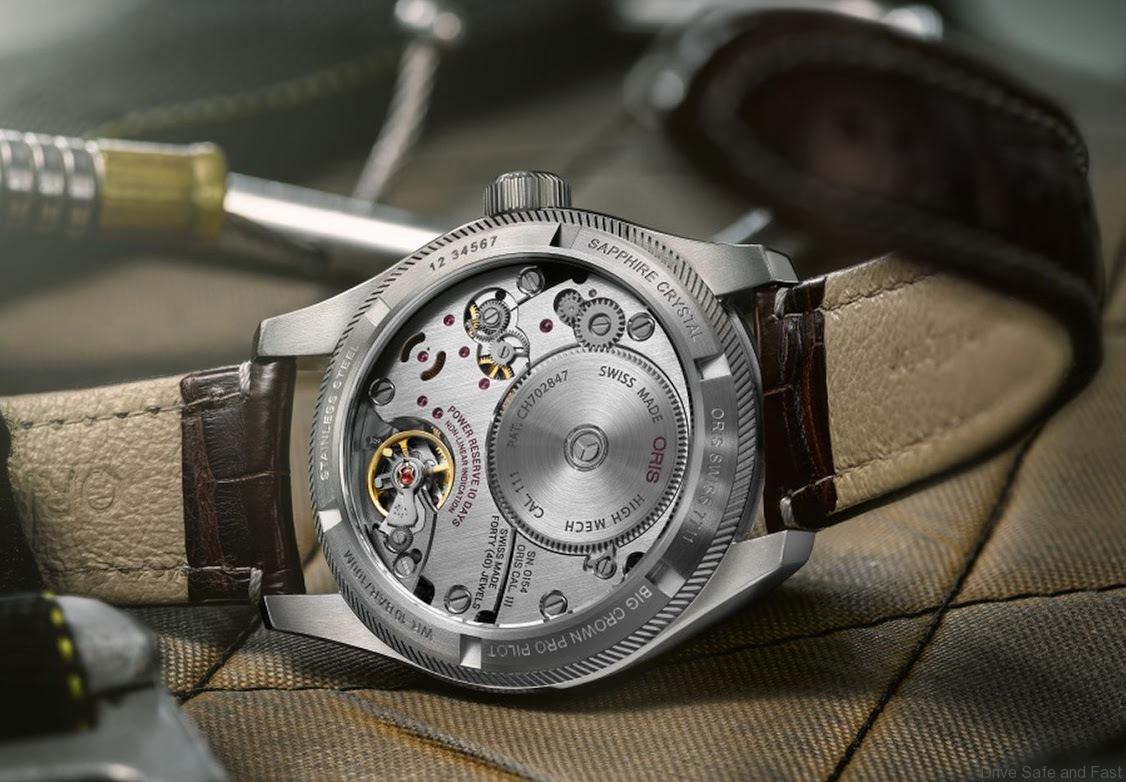
What is the Crown of a Watch? A Comprehensive Guide

The crown of a watch is a small, yet essential component that plays a vital role in the operation and functionality of the timepiece. Often overlooked, the crown is fundamental to adjusting the watch, winding it, and ensuring it keeps accurate time. This article explores what the crown of a watch is, its functions, types, and its significance in the overall design and usability of the watch.
- Defining the Crown of a Watch
The crown of a watch is a small, knob-like protrusion located on the side of the watch case. It is used to perform several critical functions, including setting the time and date, winding the watch, and sometimes adjusting additional features. The crown what is the crown of a watch is typically situated at the 3 o'clock position on the watch face but may be placed at other locations depending on the design of the watch.
- Functions of the Watch Crown
Time Setting
One of the primary functions of the crown is to set the time. By pulling the crown out to its outermost position, users can manually adjust the hour and minute hands. This allows for precise timekeeping, ensuring that the watch displays the correct time.
Date and Day Adjustment
Many watches include a date and/or day function that can be adjusted using the crown. Pulling the crown to a specific position enables the user to set the date or day of the week, keeping it current as days pass. This function is especially useful in watches with calendar complications.
Winding the Watch
For mechanical and automatic watches, the crown is used to wind the mainspring. In mechanical watches, turning the crown manually winds the spring, storing energy to power the watch. In automatic watches, the crown can be used to provide additional winding if the watch hasn’t been worn for a while. This helps ensure that the watch continues to run smoothly.
Adjusting Chronograph Functions
In watches equipped with a chronograph (a stopwatch function), the crown may also interact with additional pushers to start, stop, and reset the chronograph’s timing functions. This enhances the watch’s versatility and functionality.
- Types of Watch Crowns
Screw-Down Crown
A screw-down crown is designed to provide enhanced water resistance. By screwing the crown into the watch case, it creates a seal that prevents water and dust from entering the watch. This type of crown is commonly found in dive watches and other timepieces designed for harsh conditions.
Push-Button Crown
Some watches, particularly those with advanced features, use a push-button crown. Instead of pulling out the crown, users press a button to adjust settings such as the date or other complications. This design provides a more streamlined and user-friendly experience.
Integrated Crown
An integrated crown is designed to blend seamlessly with the watch case, offering a sleek and modern appearance. This type of crown is often used in contemporary watch designs, emphasizing aesthetics and minimalism.
- Importance of the Watch Crown
Precision and Functionality
The crown is crucial for the precision and functionality of the watch. Proper use ensures accurate timekeeping and correct date display, contributing to the overall reliability of the timepiece.
User Experience
A well-designed crown enhances the user experience by making adjustments easy and intuitive. It contributes to the watch’s overall usability, ensuring that users can operate their timepieces with minimal effort.
Aesthetic Value
The crown also adds to the watch’s aesthetic appeal. Its size, shape, and placement can complement the watch’s design and style, contributing to its overall visual appeal.
- Maintenance and Care
Regular Checks
It’s important to regularly check the condition of the watch crown. Ensure that it screws down properly, especially in water-resistant models, to maintain the watch’s durability and prevent water damage.
Avoiding Damage
Handle the crown with care to avoid damaging it or the internal mechanisms. Pulling or twisting the crown forcefully can lead to misalignment or damage, affecting the watch’s performance.
Professional Servicing
If you encounter any issues with the crown, such as difficulty adjusting settings or leaks, professional servicing is recommended. A watchmaker can address these problems and ensure that the crown and other components are functioning correctly.
Conclusion
The crown of a watch, though small, is a pivotal component that significantly impacts the functionality and user experience of the timepiece. Understanding what the crown of a watch is and how it works helps appreciate its role in setting the time, adjusting the date, and winding the watch. Whether you are setting the time, maintaining your watch, or simply enjoying its design, the crown is an essential part of the watch’s operation and overall experience.
Related Courses and Certification
Also Online IT Certification Courses & Online Technical Certificate Programs

